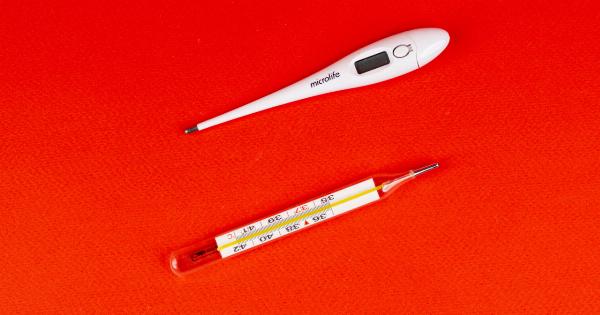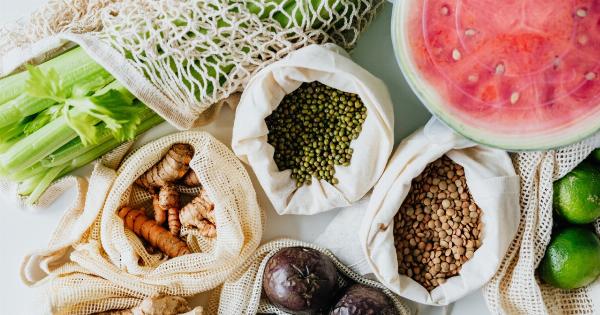Food poisoning is a prevalent condition that affects millions of people worldwide each year. Despite its common occurrence, there are numerous misconceptions surrounding this topic that can confuse and misinform individuals.
In this article, we debunk nine common illustrated “myths” about food poisoning, providing you with accurate information to ensure your food safety practices are sound.
Myth 1: Food poisoning is caused by “bad” or spoiled food
Contrary to popular belief, food poisoning is not solely caused by “bad” or spoiled food. In most cases, foodborne illnesses are the result of bacterial contamination.
Harmful bacteria such as Salmonella, E.coli, and Campylobacter are common culprits that cause food poisoning. These bacteria often originate from improper food handling, insufficient cooking temperatures, or cross-contamination during food preparation.
Myth 2: I can taste or smell if food is contaminated
Another common myth is that you can detect food contamination through taste or smell. Unfortunately, this is not always the case. Harmful bacteria, viruses, and parasites do not necessarily alter the taste, appearance, or odor of food.
It is crucial to maintain proper food safety practices, such as thorough cooking and avoiding cross-contamination, to minimize the risk of consuming contaminated food.
Myth 3: Freezing food kills bacteria
Many individuals believe that freezing food kills bacteria, but this is not entirely accurate. Freezing may inhibit bacterial growth, but it does not eliminate them entirely.
Pathogenic bacteria can survive freezing temperatures and may start growing again when the food thaws. It is vital to handle and cook frozen foods properly to prevent any potential contamination.
Myth 4: Washing fruits and vegetables with water removes all contaminants
While washing fruits and vegetables with water is a good practice, it does not guarantee the removal of all contaminants.
Some bacteria and pesticides can adhere to the surface of the produce and may require additional measures to effectively eliminate them. Using a produce wash or scrubbing the produce gently can further reduce the risk of consuming harmful microorganisms.
Myth 5: Reheating leftovers kills all bacteria
Reheating leftovers is a common practice to ensure food safety, but it does not guarantee the elimination of all bacteria. Some heat-resistant bacteria and bacterial toxins may withstand reheating.
It is crucial to heat leftovers thoroughly, reaching temperatures above 165°F (74°C), and consuming them promptly to minimize the risk of foodborne illnesses.
Myth 6: Food poisoning is always immediate
Contrary to popular belief, food poisoning does not always lead to immediate symptoms. The incubation period for various foodborne illnesses can range from hours to days. Some infections may even take weeks to manifest.
This delayed onset of symptoms often makes it difficult to trace the exact source of contamination.
Myth 7: Alcohol kills bacteria in food
While alcohol can serve as an effective disinfectant for surfaces, it does not sufficiently kill bacteria in food. High concentrations of alcohol are required to eliminate most bacteria effectively.
However, adding alcohol to food in such quantities would render it inedible. It is essential to rely on proper cooking techniques and hygiene practices to ensure food safety.
Myth 8: Food poisoning only occurs from eating out
Food poisoning can occur anywhere, not just from eating out. While restaurants and other food establishments may be associated with foodborne illnesses, home-cooked meals are also potential sources of contamination.
Inadequate food handling, improper storage, or lack of hygiene practices at home can lead to food poisoning. It is important to prioritize food safety measures in all environments.
Myth 9: Food left out for less than two hours is safe to consume
Leaving food out at room temperature for less than two hours does not ensure safety.
Bacteria multiply rapidly between 40°F (4°C) and 140°F (60°C), known as the “danger zone.” To prevent bacterial growth, perishable foods should be refrigerated within two hours of preparation or discard if the ambient temperature exceeds 90°F (32°C). Remember to prioritize the quality and safety of your food at all times.
It is essential to dispel these misconceptions around food poisoning to avoid potential health hazards. By understanding the true causes and preventive measures, you can ensure your food preparation and handling practices are safe and reliable.




























